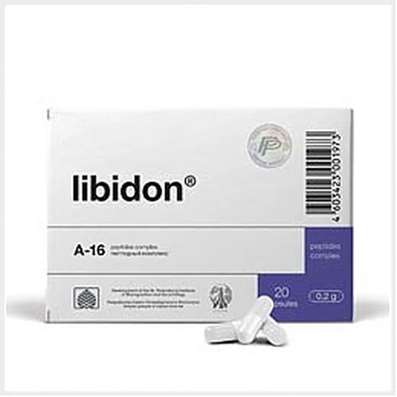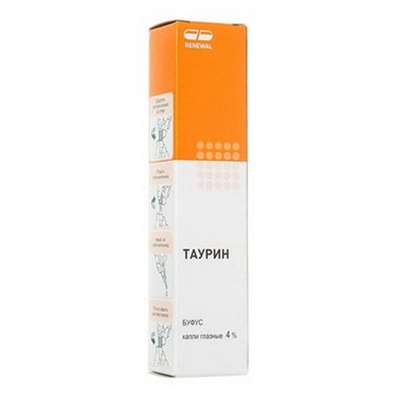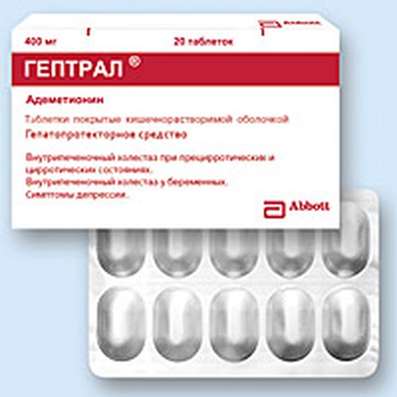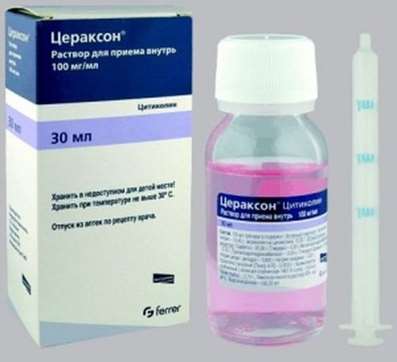Instruction for use: Calcipotriol (Calcipotriolum)
I want this, give me price
Pharmacological group
dermotropic means
Nosological classification (ICD-10)
L40 Psoriasis
Chronic psoriasis with diffuse plaques, Generalized psoriasis, Psoriasis of the scalp, Psoriasis of the scalp, Generalized form of psoriasis, Psoriasis dermatitis, Psoriasis complicated by erythroderma, Invalidative psoriasis, Isolated psoriatic plaque, Exfoliative psoriasis, Psoriatic Erythroderma, Psoriasis with eczematosis, Hyperkeratosis in psoriasis,Inverse psoriasis,Psoriasis eczematous, Dermatosis of psoriasis, Psoriasis of the genitals, Psoriasis with lesions of hairy areas of skin, Erythrodermal psoriasis, Chronic psoriasis of the scalp, Chronic psoriasis, Ordinary psoriasis, Refractory psoriasis, Kebner phenomenon, Scaly lichen
Code CAS 112965-21-6
Characteristics of Calcipotriol
Means for treatment of psoriasis. Synthetic analogue of vitamin D. White or almost white matter. Molecular weight 412.6.
Pharmacology
The pharmacological action is antipsoriatic.
Causes a dose-dependent inhibition of the proliferation of keratinocytes, accelerates their morphological differentiation. Slightly affects the calcium metabolism in the body (100 times weaker than vitamin D3). Calcipotriol is a potent inhibitor of T lymphocyte activation induced by IL-1. Regulates the immune processes in the skin. When using an ointment, cream or solution, the therapeutic effect develops within 2 weeks.
Carcinogenicity, mutagenicity, effects on fertility
The potential carcinogenicity of calcipotriol in standard long-term animal experiments in the absence of UV irradiation has not been evaluated. In a study in bald white mice exposed to ultraviolet light and also using calcipotriol, there was a decrease in the time required for UV-induced formation of skin tumors (statistically significant only in males), indicating that calcipotriol can enhance the effect of UV- irradiation on the induction of the formation of skin tumors. Patients using calcipotriol should avoid excessive exposure to both sunlight and artificial lighting (including solar lamps).
Calcipotriol did not cause mutagenic effects in the Ames test, in the test for lymphoma of mice, in the test of chromosomal aberrations on human lymphocytes, in the micronucleus test in mice.
In studies in rats at doses up to 54 μg / kg / day, calcipotriol had no effect on fertility and overall reproductive capacity.
Absorption upon application to the skin depends on the dosage form and the condition of the skin. On average, absorption from the skin is 1-5%. In clinical studies using ointment in patients with psoriasis, it was shown that up to 6% (± 3%) of the dose enters the systemic bloodstream, and no more than 5% (± 2,6%) is absorbed from the surface of intact skin. When using the solution for external use, no more than 1% is absorbed. Systemic absorption of the cream has not been studied. The absorbed part undergoes biotransformation in the liver with the formation of two pharmacologically inactive metabolites, is inactivated within 24 hours. It is excreted by the kidneys and intestines.
Application of Calcipotriol
Psoriasis vulgar (including chronic psoriasis of the scalp) in a stationary and regressing stage.
Contraindications
Hypersensitivity, psoriasis in the progressing stage, pustular, diseases, accompanied by a violation of calcium metabolism. Do not use on the face for application.
Restrictions for use
Hypercalcemia, hypercalciuria (including predisposition), hypervitaminosis D, nephrourolythiasis (including history), hepatic and / or renal insufficiency, age under 18 (in children the risk of developing adverse systemic effects is higher than in adults , due to their higher ratio of skin surface area to body weight) and over 65 years (skin adverse effects are more severe).
pregnancy and lactation
Teratogenic effects. Teratogenicity studies were conducted with the oral route of administration, at which the expected bioavailability is about 40-60%. Rabbits showed an increase in maternal toxicity and toxicity to the fetus at a dose of 12 mcg / kg / day (132 mcg / m2 / day); calcipotriol in a dose of 36 μg / kg / day (396 μg / m2 / day) caused a significant increase in incomplete ossification of the pubic bone, and phalanx of the upper extremities. In studies in rats, a dose of 54 μg / kg / day (318 μg / m2 / day) caused an increase in the frequency of skeletal anomalies (non-extension of the fontanelle, additional ribs). It is very likely that the non-extinction of the fontanel is due to the effect of calcipotriol on calcium metabolism. The estimated doses that are not toxic to the female and fetus are 43.2 μg / m2 / day (rats) and 17.6 μg / m2 / day (rabbits), which is approximately equal to the expected systemic exposure in humans (18.5 μg / m2 / day) when the ointment / cream is applied, exceeds that of (0.13 μg / m2 / day) with the cutaneous application of the solution.
Use in pregnancy is possible if the intended benefit exceeds the potential risk to the fetus (possibly passes through the placenta, adequate and strictly controlled studies are not conducted, safety of use not established).
The action category for fetus by FDA is C.
It is not known whether calcipotriol is excreted in breast milk, so if it is necessary to prescribe during lactation it is necessary to resolve the issue of stopping breastfeeding.
Side effects
The effects that were observed in controlled clinical trials of calcipotriol in the dosage form in the form of 0.005% ointment: 10-15% - burning, itching and local skin irritation; 1-10% - erythema, dryness and flaky skin, rash, dermatitis, exacerbation of psoriasis; less than 1% - atrophy and hyperpigmentation of the skin, hypercalcemia, folliculitis.
The effects that were observed in controlled clinical trials of calcipotriol in the dosage form in the form of 0.005% ointment: 10-15% - burning, itching and local skin irritation; 1-10% - erythema, dryness and flaky skin, rash, dermatitis, exacerbation of psoriasis; less than 1% - atrophy and hyperpigmentation of the skin, hypercalcemia, folliculitis.
The effects that were observed in controlled clinical trials of calcipotriol in the dosage form in the form of 0.005% cream: 10-15% - local skin irritation; 1-10% - rash, itching, dermatitis, exacerbation of psoriasis.
The effects that were observed in controlled clinical trials of calcipotriol in the dosage form in the form of 0.005% solution: approximately 23% - burning and tingling of the skin; 11% - rash; 1-5% - dryness and irritation of the skin, exacerbation of psoriasis.
Systemic effects: reversible increase in serum Ca2 + level. There are reports of the development of photosensitivity and hypersensitivity reactions, including very rare cases of angioedema and edema in the face (when applying the solution).
Interaction
It is not recommended to use together with topical preparations containing salicylic acid.
Overdose
Symptoms (when the recommended dose is exceeded): increased concentration of calcium in the blood.
Treatment: cancellation of the drug.
Routes of administration
Outwardly.
Precautions for Calcipotriol
The safety and efficacy of calcipotriol in the treatment of other dermatoses other than psoriasis has not been established. With individual hypersensitivity to the drug, treatment with calcipotriol is stopped.
Do not apply to large surfaces of lesions (more than 30% of the surface of the skin). To avoid contact with the skin of the face, eyes, mucous membranes, undamaged skin areas, you should thoroughly wash your hands after every application of an ointment, cream or solution.
Before treatment and regularly during therapy, it is recommended to monitor the concentration of Ca2 + in the blood. With continued long-term use of large doses, the risk of developing hypercalcemia and focal calcifications in the kidneys can not be completely ruled out.
In case the level of Ca2 + in the blood rises and goes beyond the norm, it is necessary to stop using the drug until the normal level of calcium is restored. Systemic effects are usually reversible and leveled after drug withdrawal.
The risk of hypercalcemia increases when the maximum weekly dose of calcipotriol is exceeded.
With the withdrawal of the drug, the concentration of calcium in the blood quickly normalizes. When applying the solution together with ointment or cream, it should be taken into account that the total dose of calcipotriol should not exceed 5 mg per week, which corresponds to 60 ml of solution and 40 g of ointment or cream or 40 ml of solution and 60 g of ointment or cream (1 ml of solution for scalp corresponds to 1 g of ointment or cream).
The purpose of ointment and cream can be combined with PUVA therapy.

 Cart
Cart





